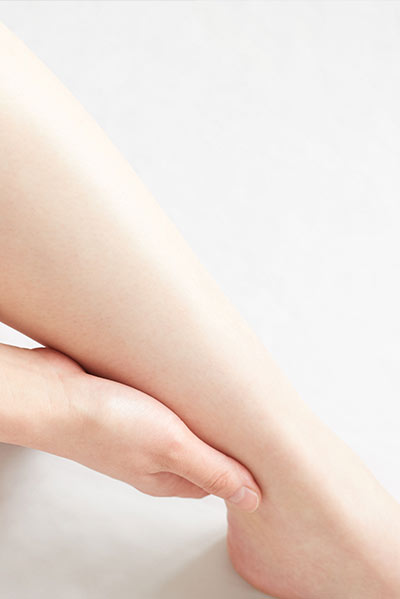Ingrown Hair

Ingrown hairs occur when hair grows back into the skin, causing inflammation and cysts. Ingrown hairs often go away on their own, but GraceMed offers treatment options for persistent or severe cases.
What is Ingrown Hair?
Ingrown hairs occur when hair grows back into the skin, causing inflammation and cysts. This can lead to discomfort, as well as unsightly red or brown marks on the skin. Although ingrown hairs often resolve on their own, GraceMed offers treatment options for persistent or severe cases.
What is Ingrown Hair?
When a hair is unable to break through the surface of the skin but continues to grow, it becomes an ingrown hair. In some cases, the hair follicle may cause the hair to grow sideways; which is particularly common for individuals who have curly hair. Ingrown hairs often occur in areas where shaving, waxing, or tweezing has taken place.
Ingrown Hair Cyst
If the ingrown hair is not corrected, the body responds to the trapped hair as if it is a foreign object, causing inflammation. If the pore subsequently becomes blocked, a cyst can develop. These cysts may appear red, white, or yellow and can be very painful to touch. Once the pore becomes blocked, ingrown hairs can become infected. Signs of infection include pain, increased redness, oozing, and itchiness.
Ingrown Hair Removal and Treatment Options
If you are prone to ingrown hairs after shaving, waxing, or tweezing, you may want to consider laser hair removal. This no-downtime treatment offers permanent hair reduction and is commonly done in the following areas: face, jawline, legs, back, underarms, and bikini. Once there is a lower density of hair in the area, the incidence of ingrown hairs will be reduced. A consultation with one of our skin experts will determine if you are a good candidate for laser hair removal.

Discover a more confident you
If you’re ready to look and feel your best, we’re ready to help. Book your personalized consultation today.
Find A Solution
